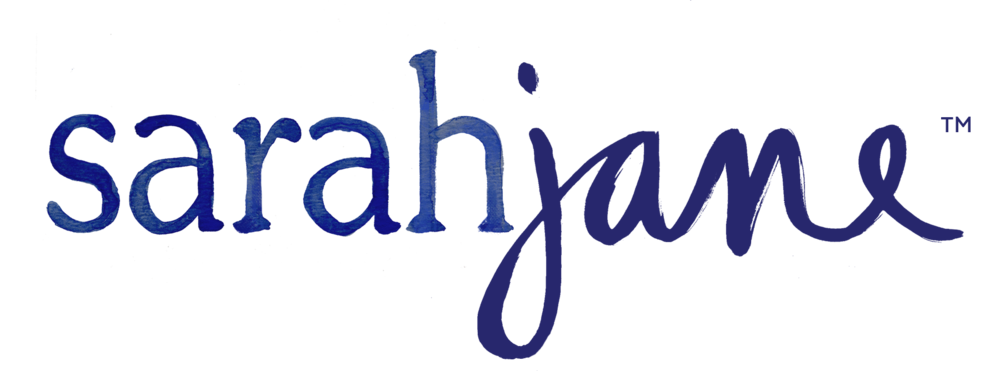I have been wanting to start a discussion here for some time, but have been deliberating how to post about it as it seems to be a subject that isn't talked about much: Protecting your artwork from being copied or closely replicated. Unfortunately, this is happening a lot in the online art world. How close it too close?
So, Question of the day: How do you protect your art?
First, let's chat about what you can do to protect your art from being out-right stolen. This should be your first concern.
PROTECTING YOUR IMAGES:
1) Watermark your images.
So many people treat the internet as an image gallery for free use. With a WATERMARK over your potentially downloadable image, you are telling people that the image is yours should not be used for personal or commercial use. You will also prevent people from stealing the image and selling it elsewhere.
2) Post your images as small as you can without losing resolution. As long as your art is not vector art, you should never be saving your images to the web in a size that could be reproduced or used by another person/party.
3) Register your image(s) with the U.S. Copyright office (if you are in the U.S of course). Here is the link to get started.It is easier then ever, and less expensive than it used to be. http://www.copyright.gov/eco/index.html
4)Educate yourself on intellectual property: http://en.wikipedia.org/wiki/Intellectual_property
5) Disable Downloads: if you can, disable your images from being downloaded on the internet. On ETSY, there isn't control over that, thus the vital importance for your image to be watermarked and protected with a copyright notification.
These steps should be taken First. But what about the fuzzy lines that surround borrowing, adapting and copying? Let's chat.
PROTECTING YOUR ART, IDEAS, COMPOSITIONS AND STYLE:
1) Doesn't copyright protect my idea and composition? No. Art and craft is so subjective, and ideas really can't be copyrighted. Here is what the US copyright office has to say:
"Copyright does not protect ideas, concepts, systems, or methods of doing something. You may express your ideas in writing or drawings and claim copyright in your description, but be aware that copyright will not protect the idea itself as revealed in your written or artistic work." http://www.copyright.gov/help/faq/faq-protect.html
2) What can I do when I see someone else coming up with creations obviously similar to mine?
I would love to here your reaction to this, but here is mine. Contact the artist if necessary telling them you are noticing some copying going on. If they still persist, contact them again if you feel you need to. But for me, this is where I stop. You are an ARTIST! You are not a huge million dollar company protecting your branded and patented products. You are just one person with a ba-jillion creative ideas constantly going through your brain. To waste your creative energy by going after a copycat is a waste of that creative energy.
Why?
You are the original creative idea, and have power to always rise above the competition. Competition is good and will most always be there. You can spend your time getting angry, or you can spend your time staying ahead of the game by keeping your art fresh, lively and cutting edge. Most likely if someone is copying you, it isn't going to be as good as yours nor will it have the LIFE of the BREATH of your creative-from-your-own-gut creation. So leave them alone, and focus on how you can make your creations new and fresh and always ahead of the market.
This leads me to another point:
Keep your own sources fresh and honest. Never let yourself copy another artist's style unless of course you are using that as a way to learn new techniques and educate yourself. Copying is a good thing for learning how to verse your hand in various art forms and styles. But your work should then take what you learn to a new level, always allowing your own voice to come through. When you choose to copy art as your primary resource, it will be FLAT and will lack the LIFE that really great images require. Don't let yourself fall into that trap! The moment you are trying to make your creations look like someone else's, your art will most likely be easy to copy itself. Remember, there was only ONE Rembrandt. He had MANY students, and to this day, experts can't tell which was a true Rembrandt and which is a student's hand on a select few paintings. But regardless, there was only one Rembrandt. Do people remember the copycat? No. They never will. Be fresh and mark your own path. Don't let yourself be a follower.
I love this quote below. It hangs in my studio always reminding me to stick to my own instincts and not be tempted to ride on the coat tails of others:
"You must give birth to your images. They are the future waiting to be born." - Rainer Maria Rilke
So, there you have it!
My experience is very limited however, and I would love to hear your take on this topic.
What have you done in these situations? What have you done to protect your artwork?
Do tell.
In the mean time, happy art making!
For more GREAT articles on this subject, read here, here , here and here

